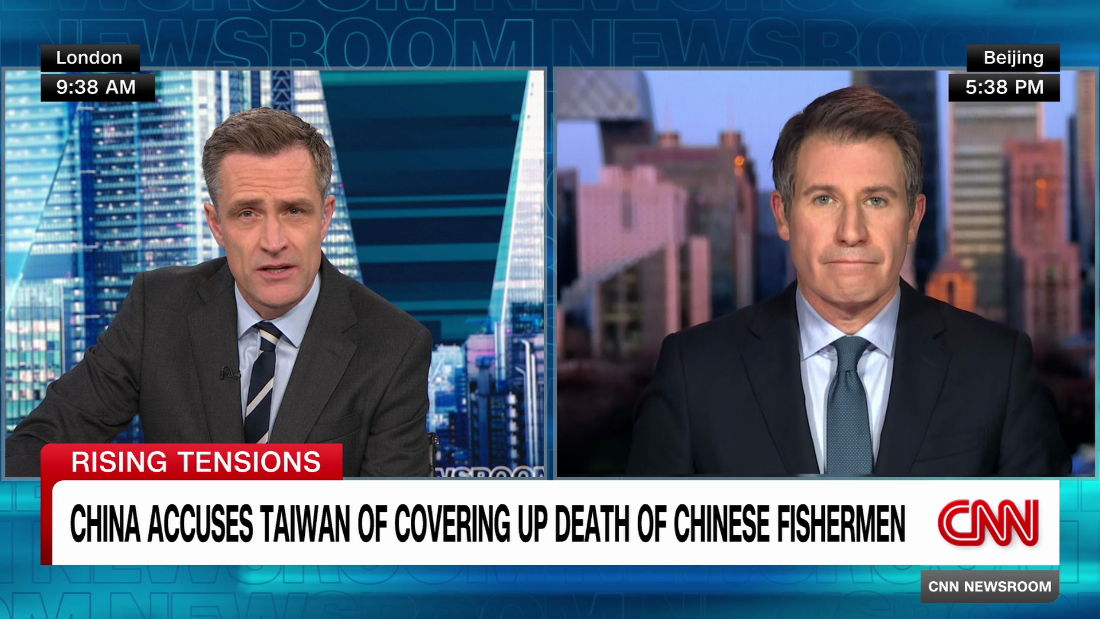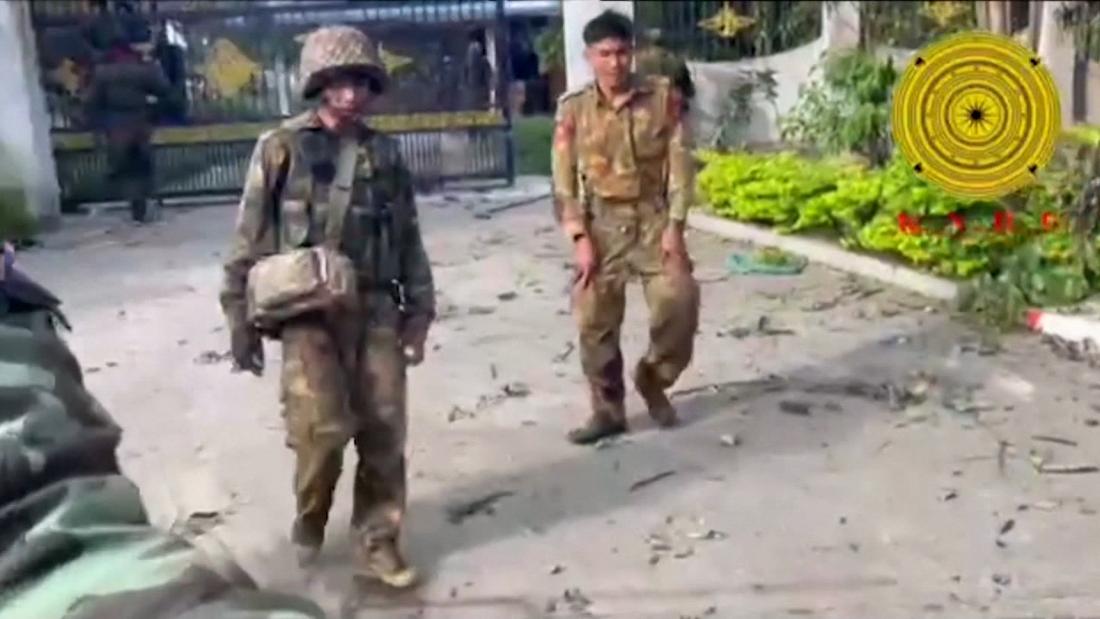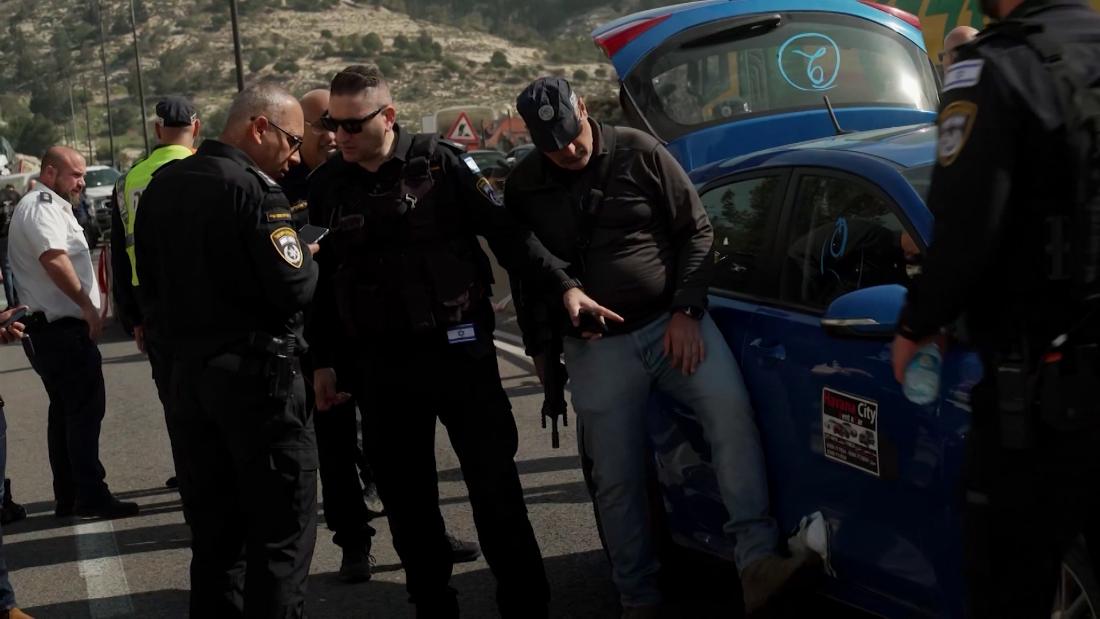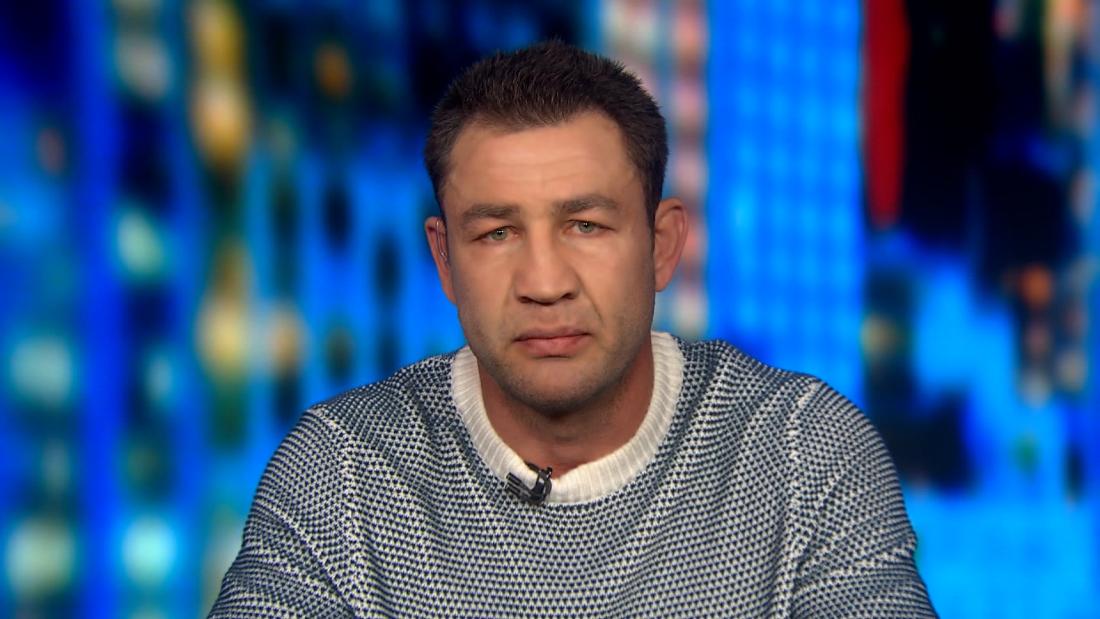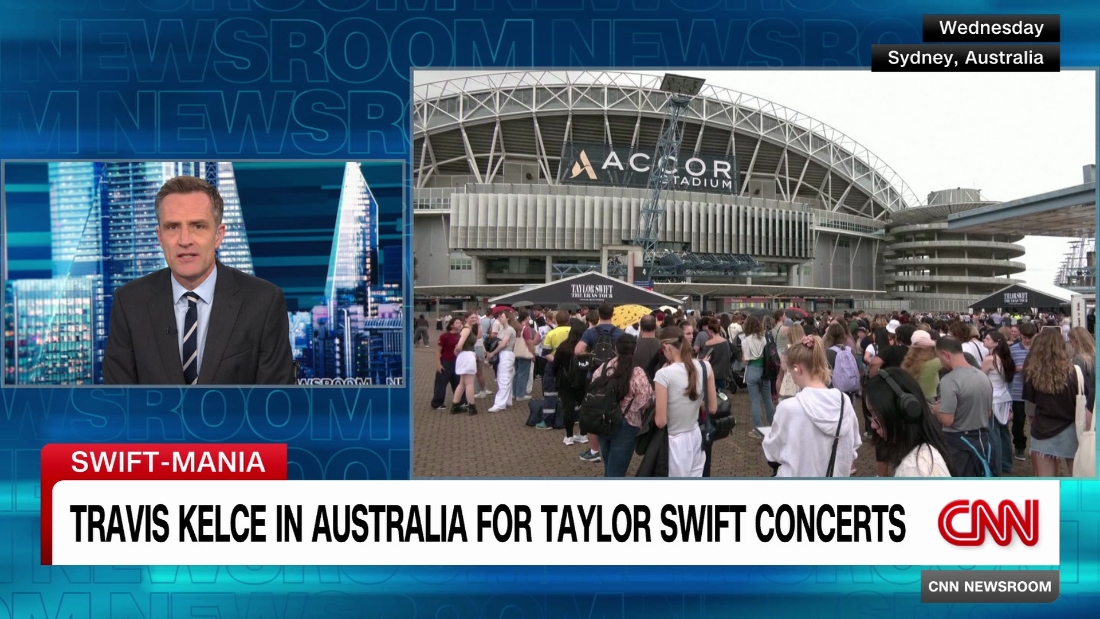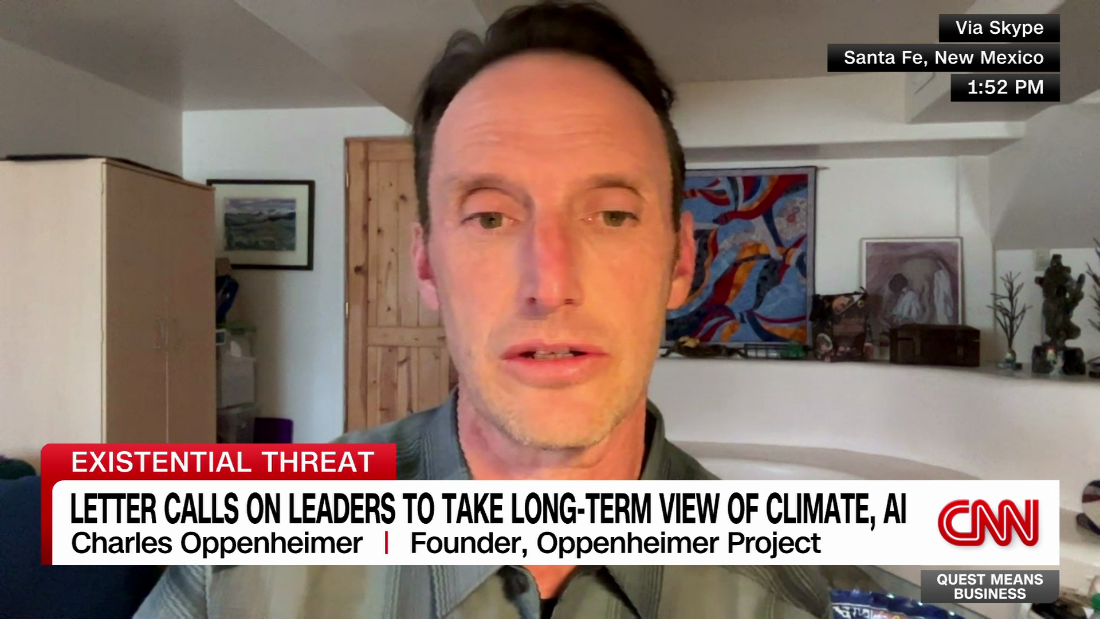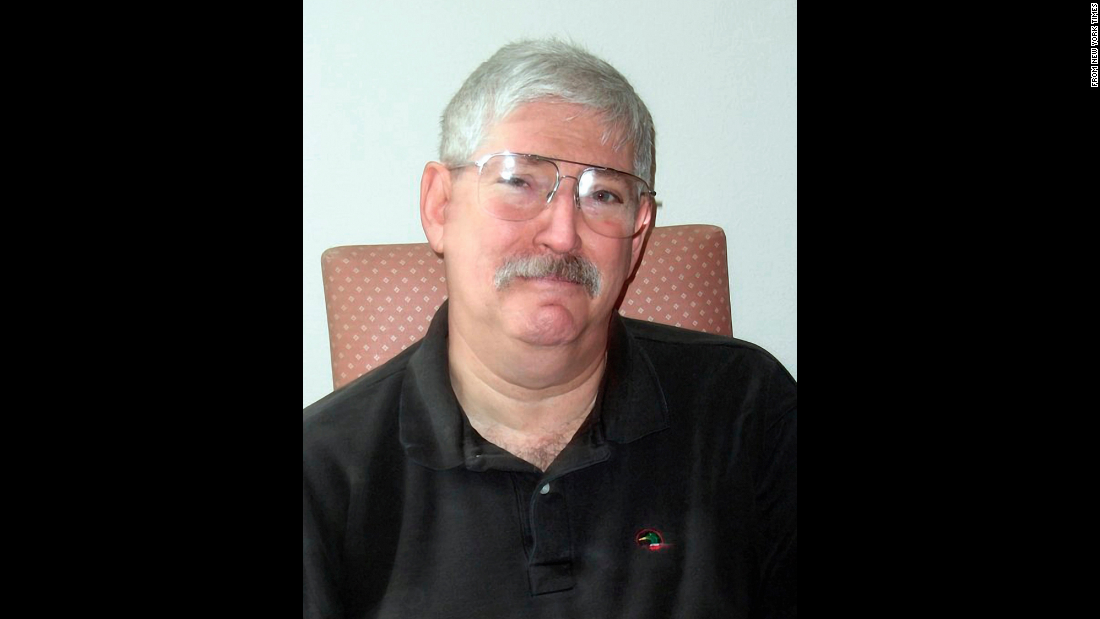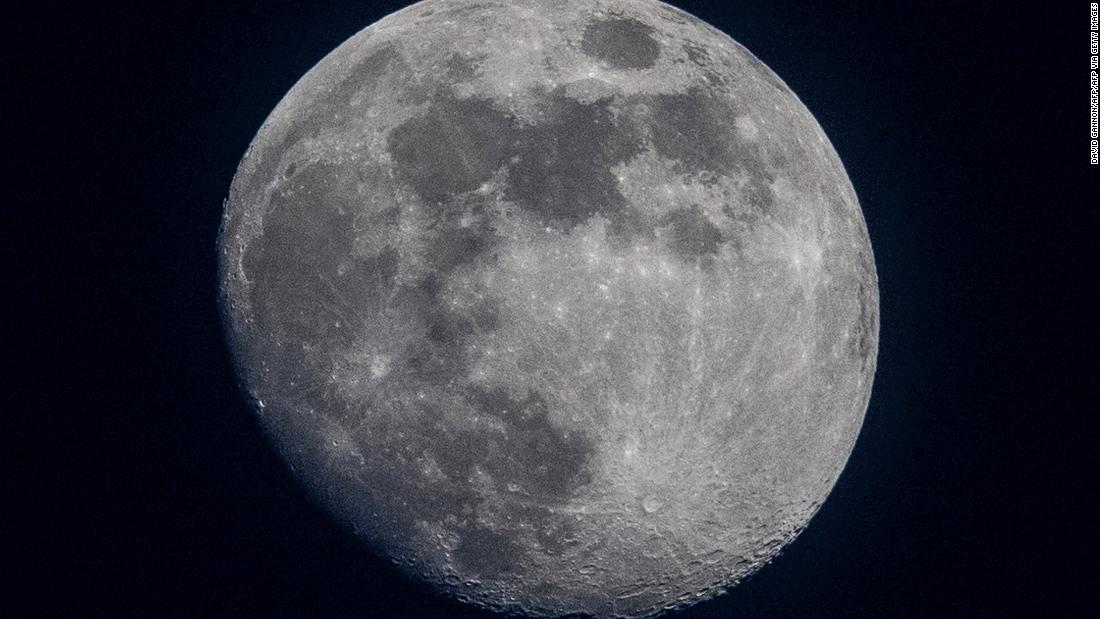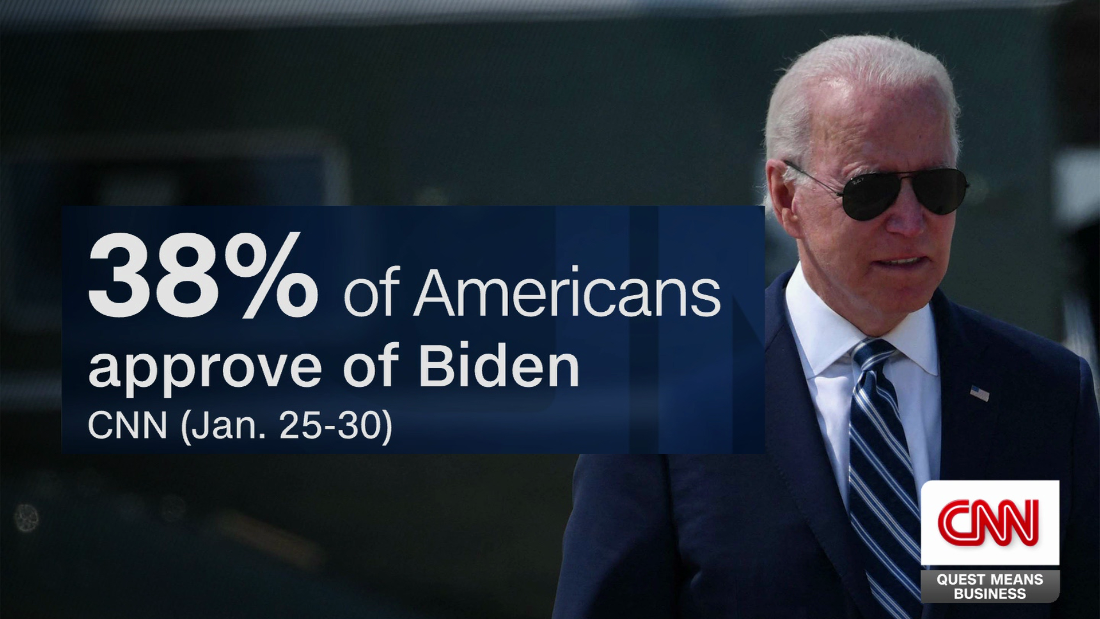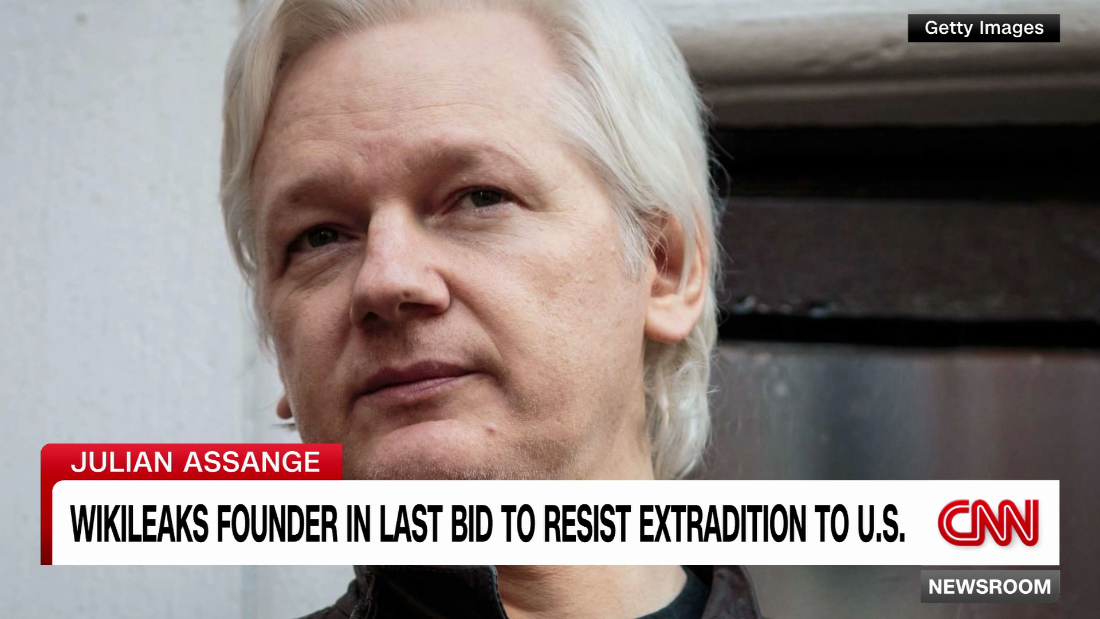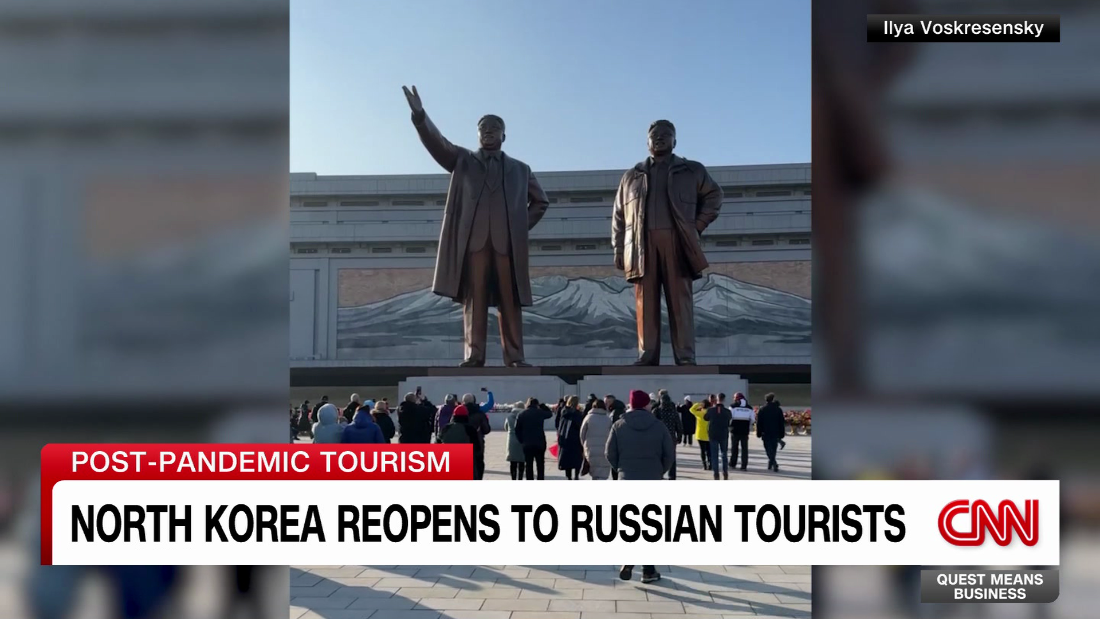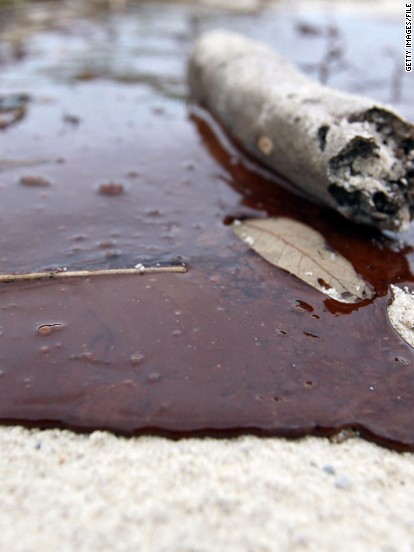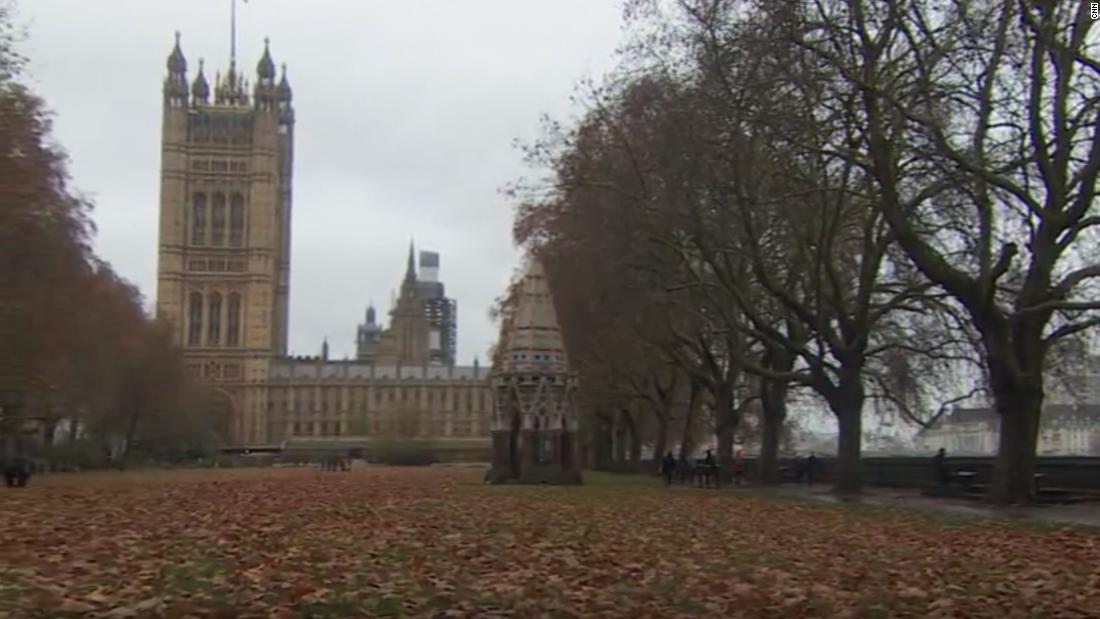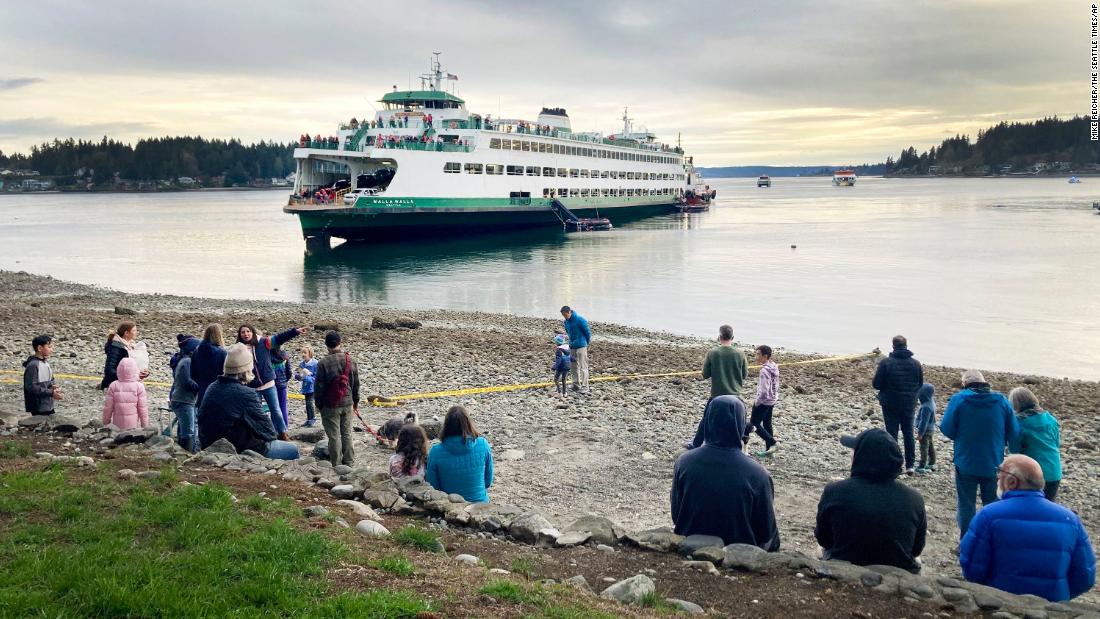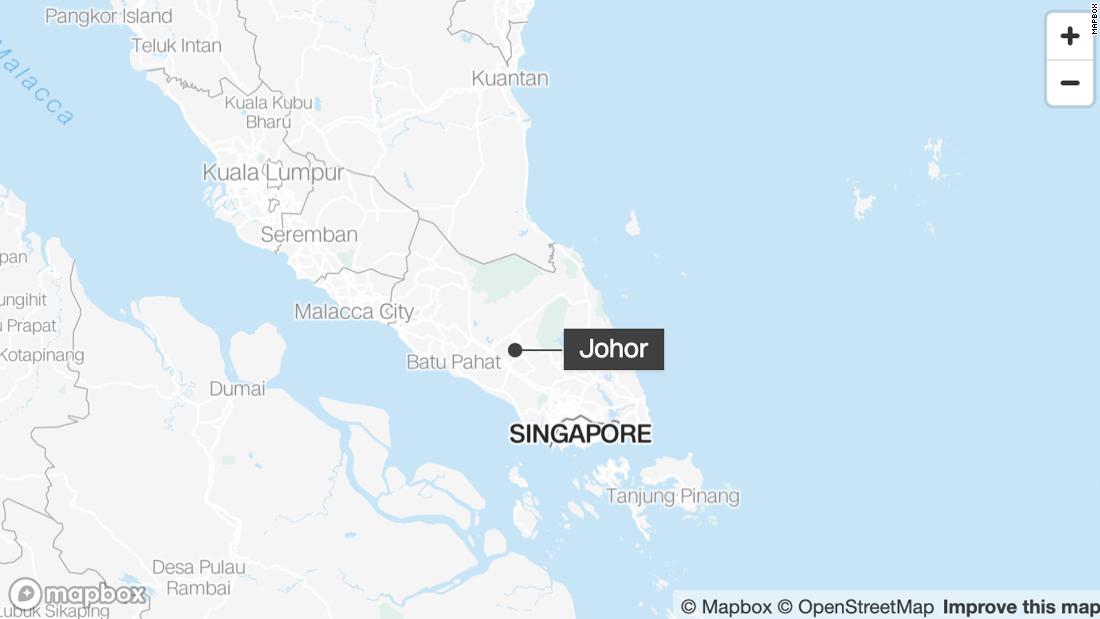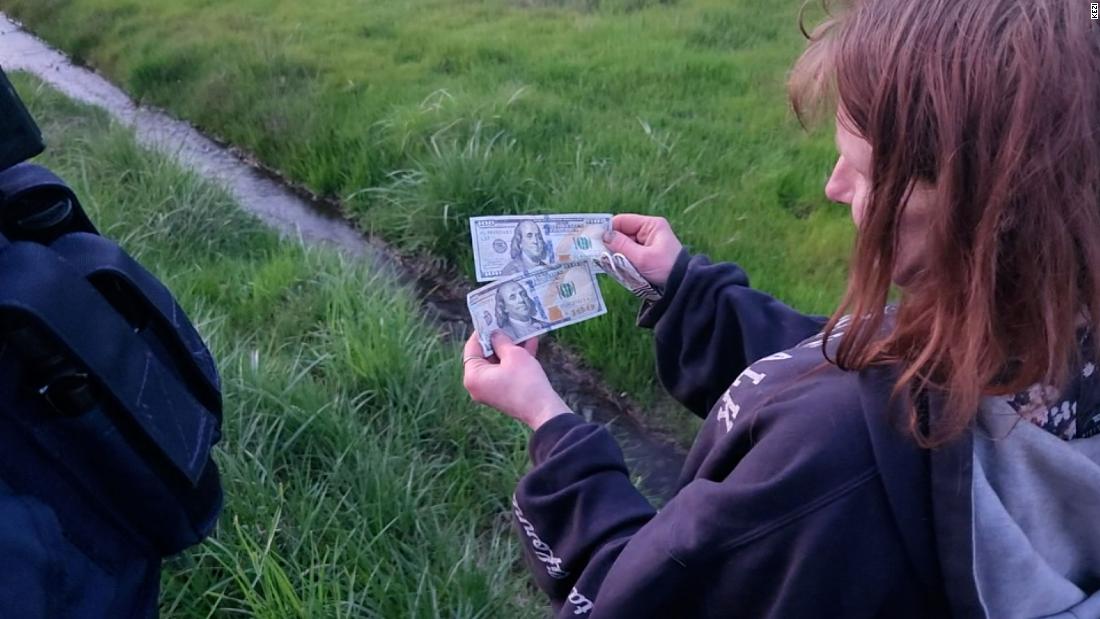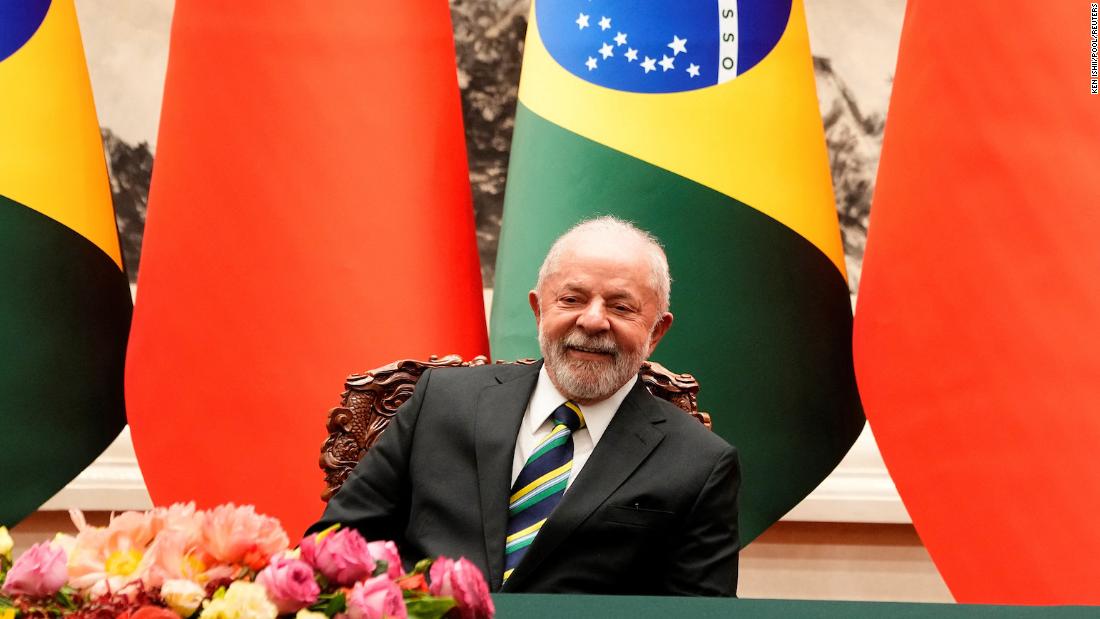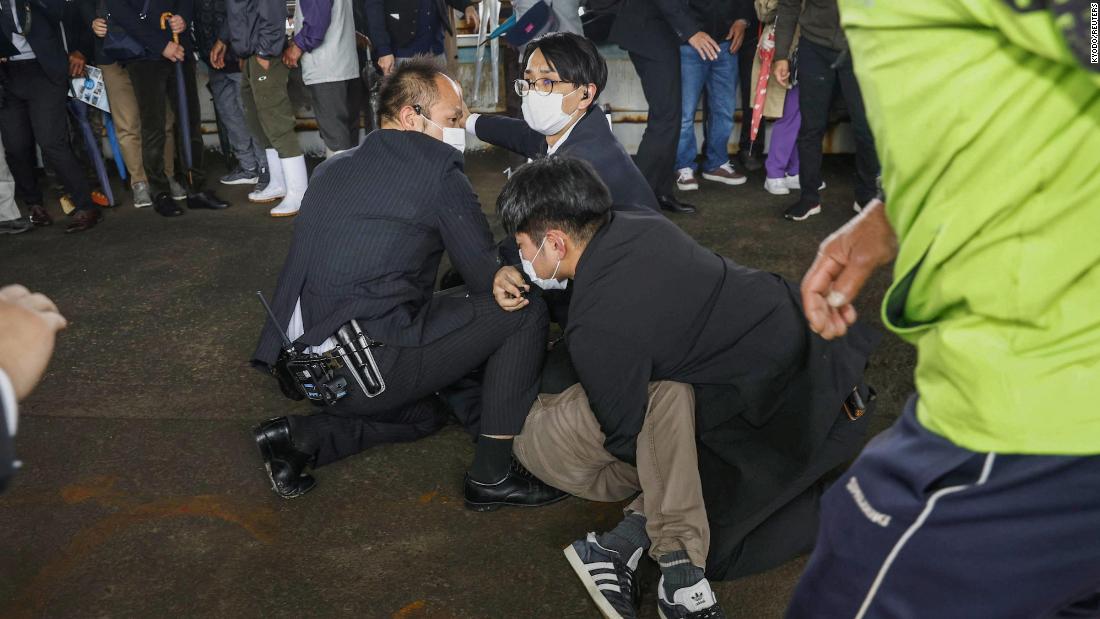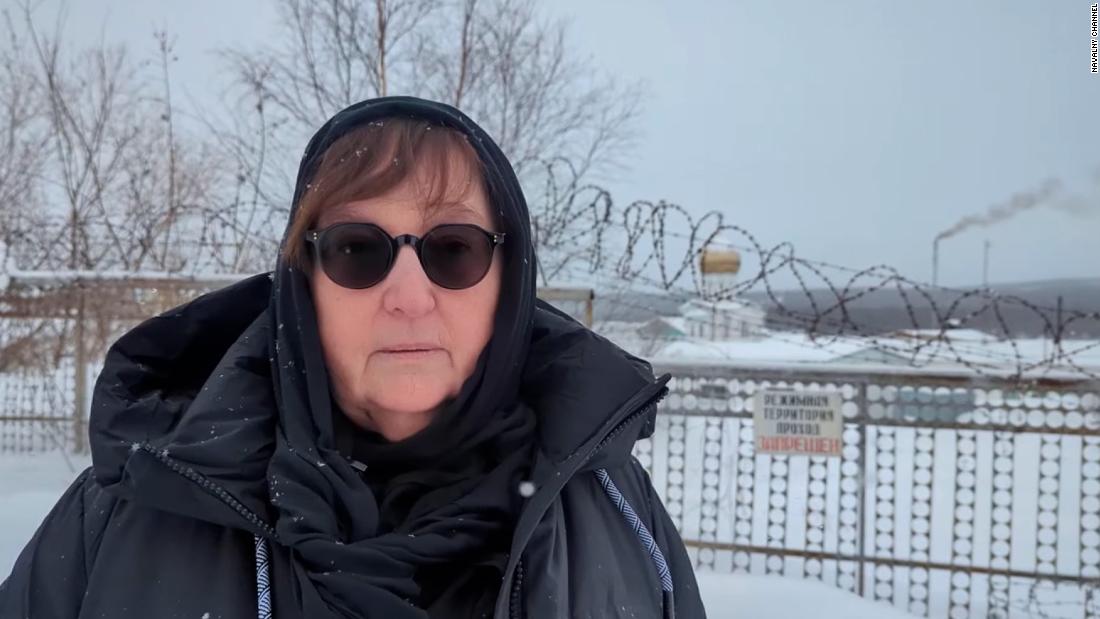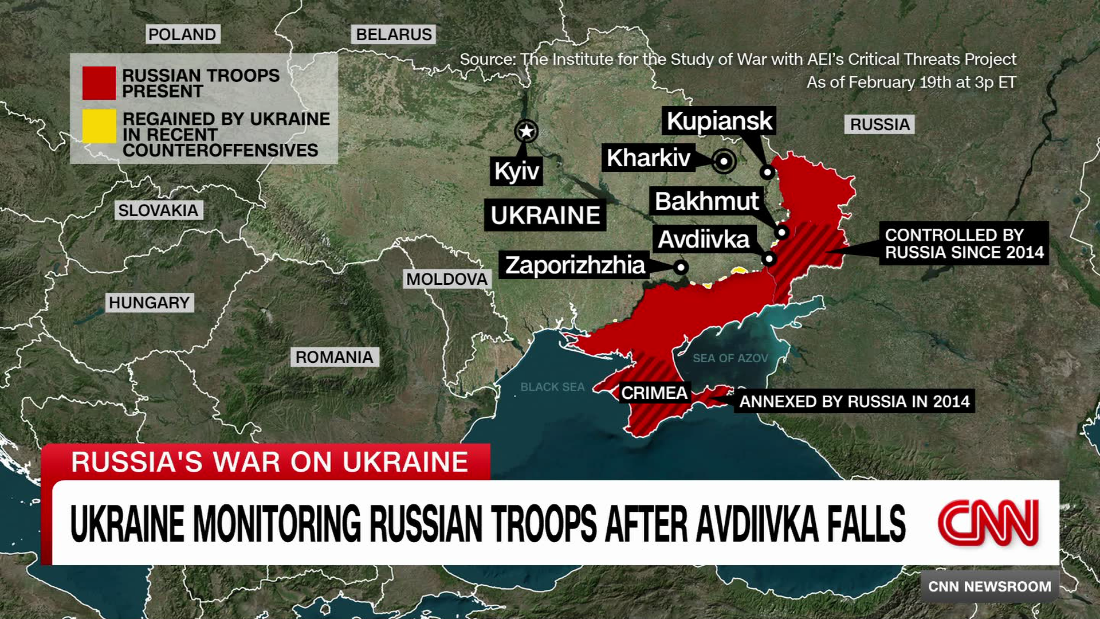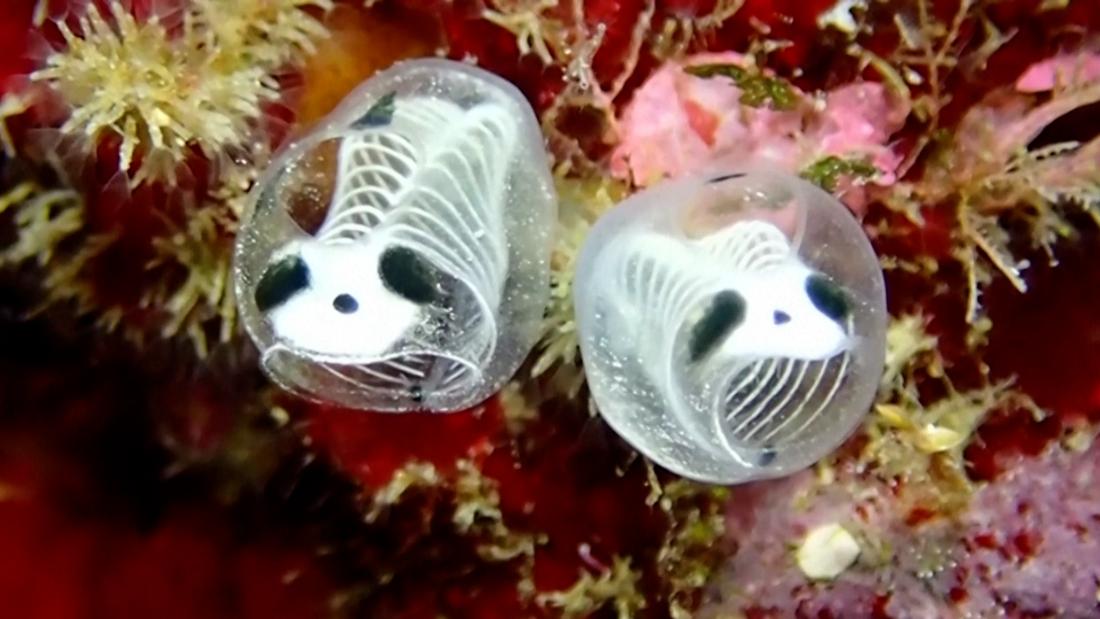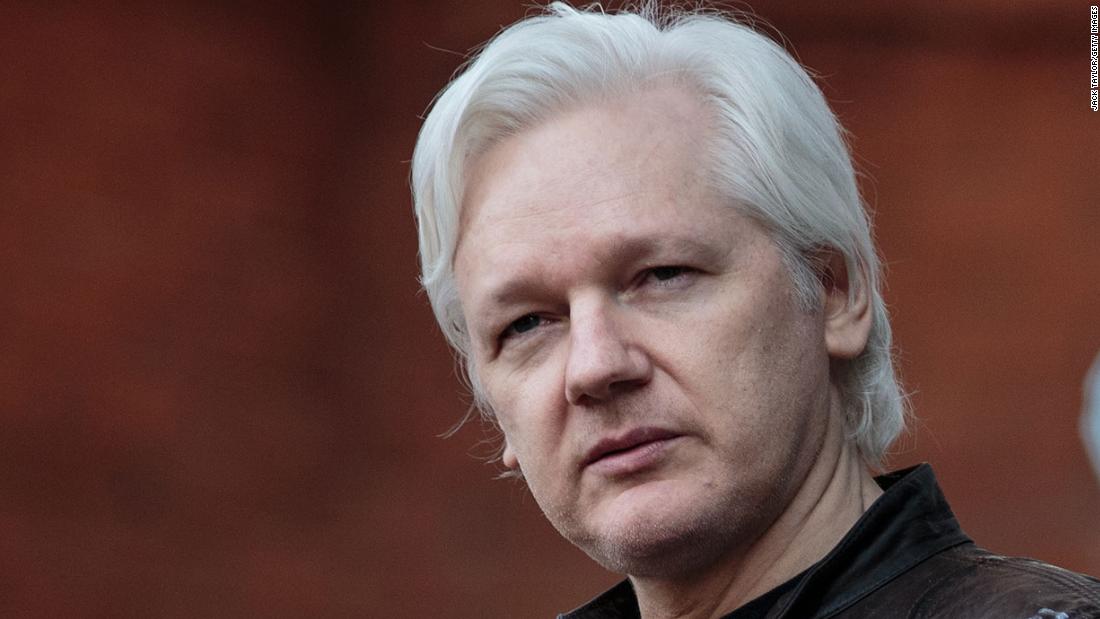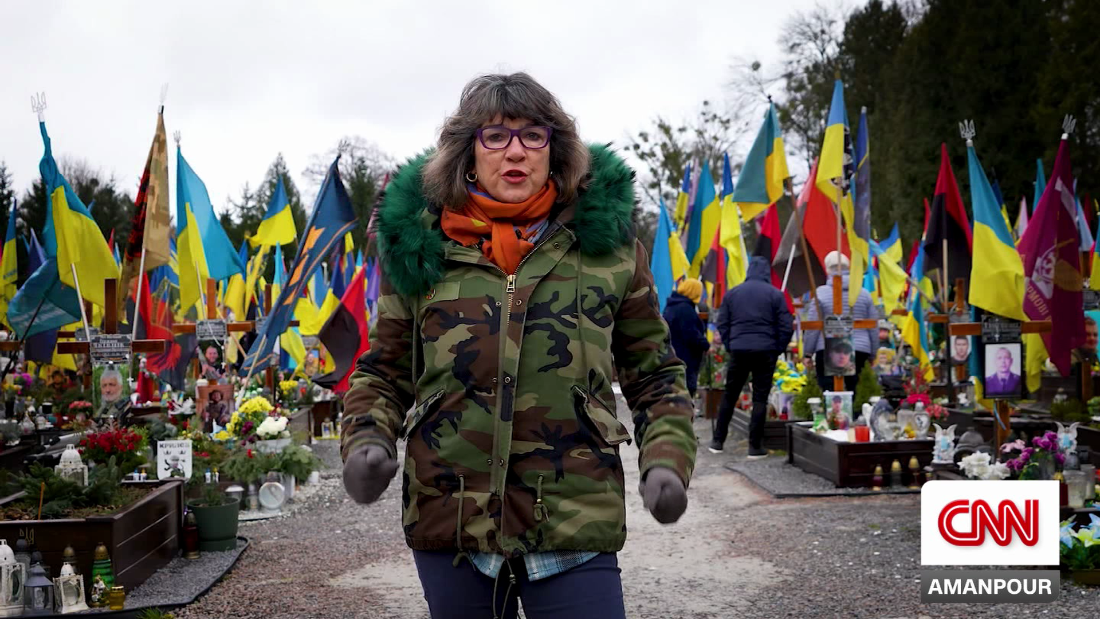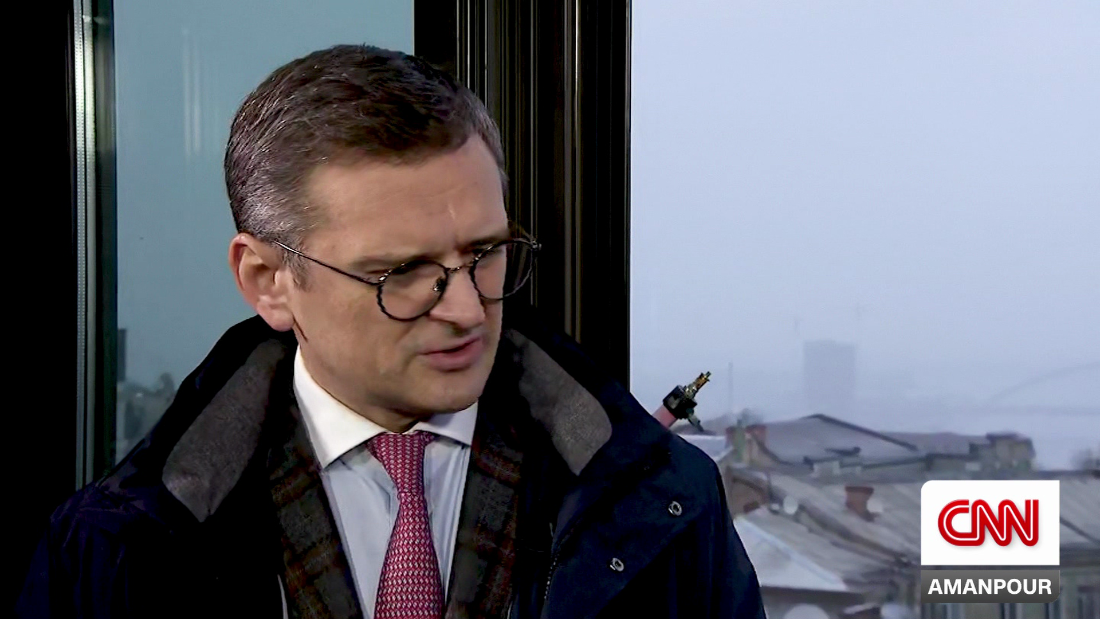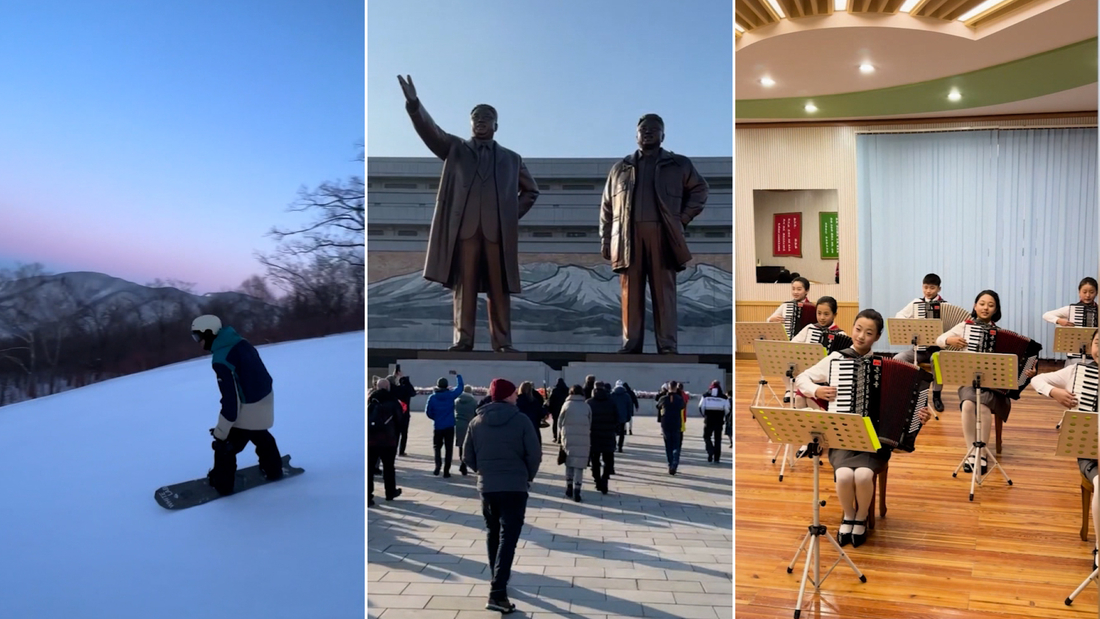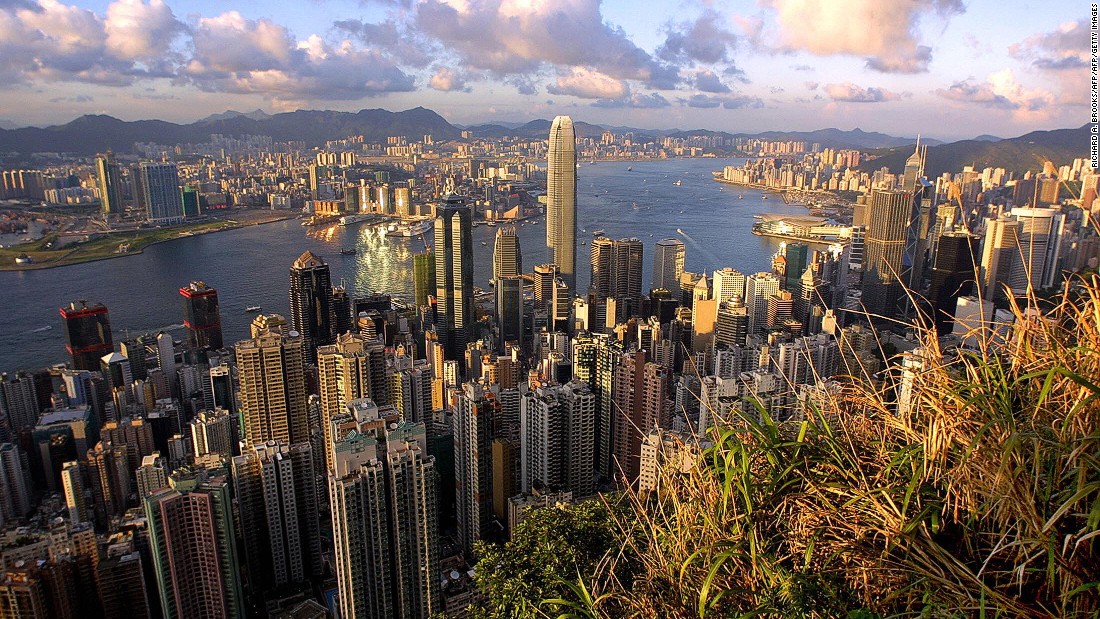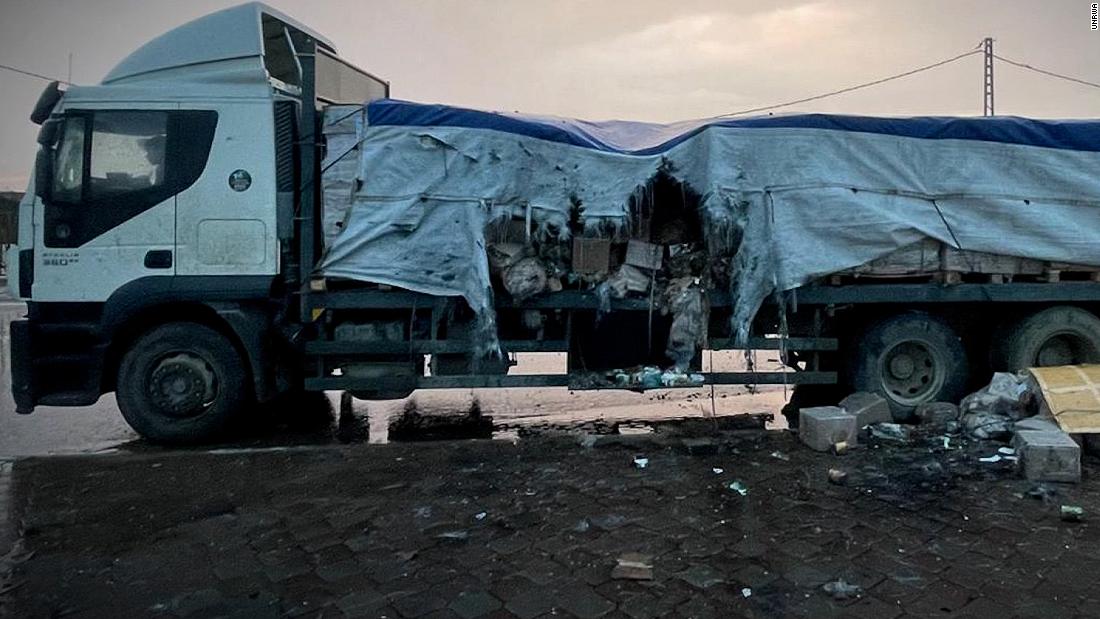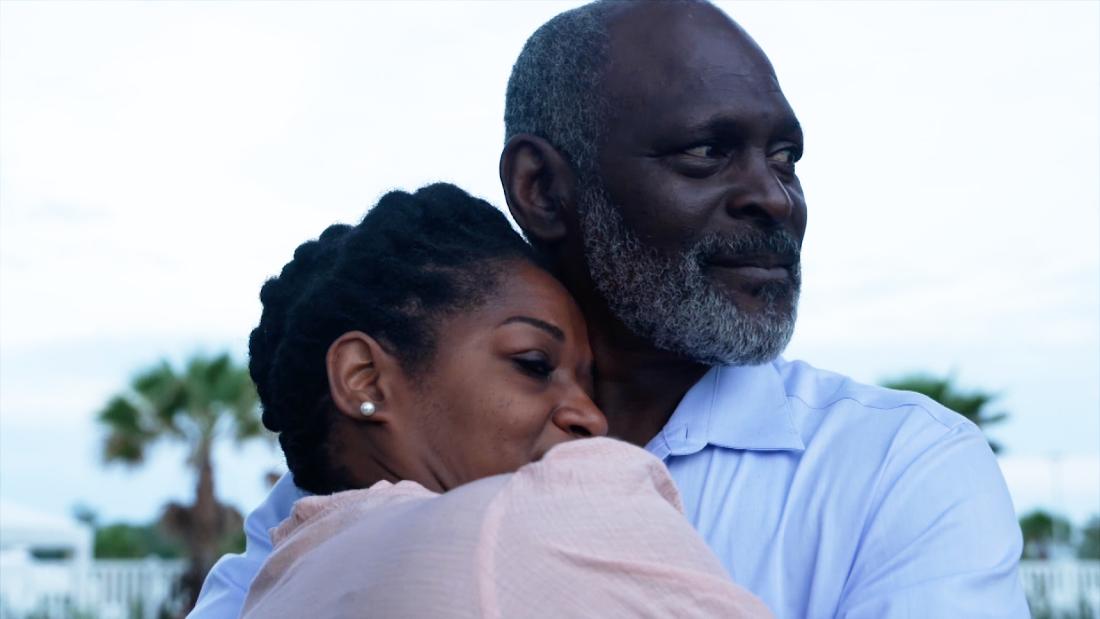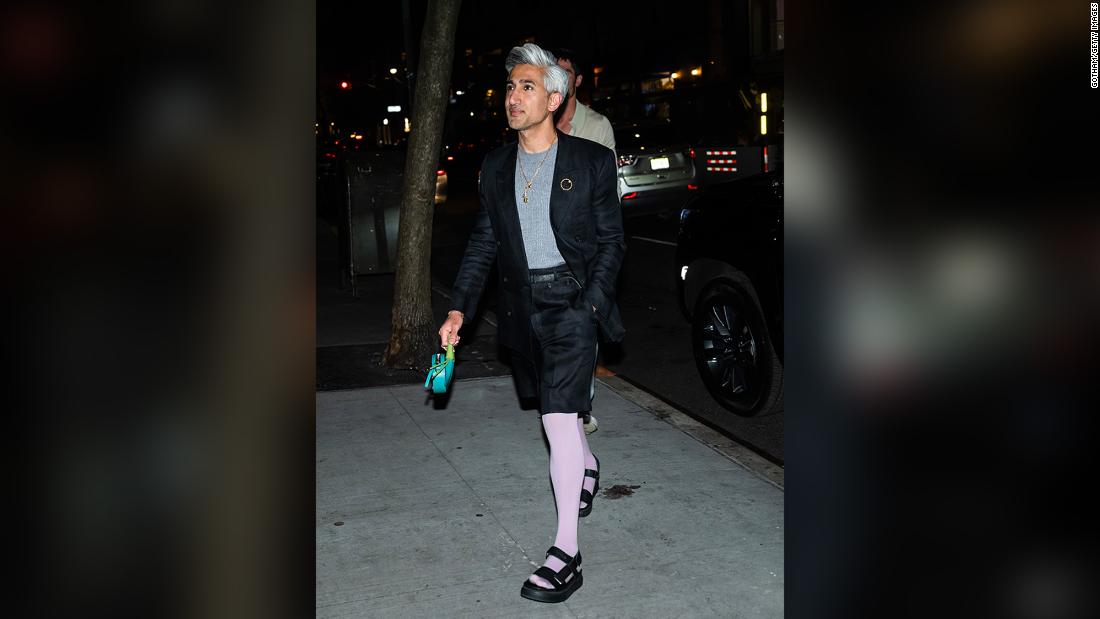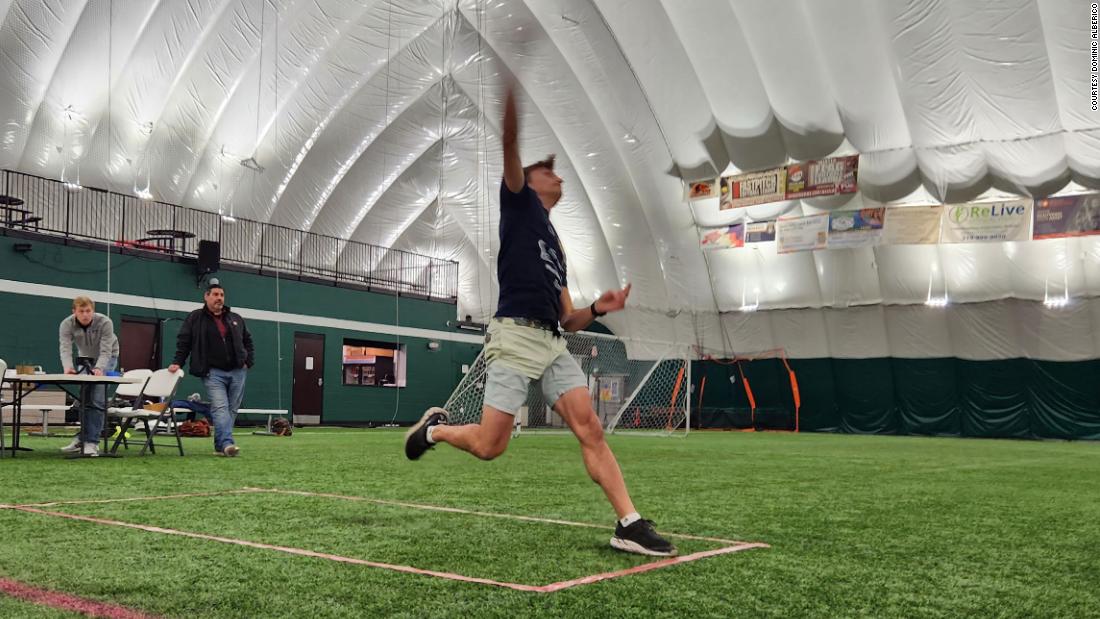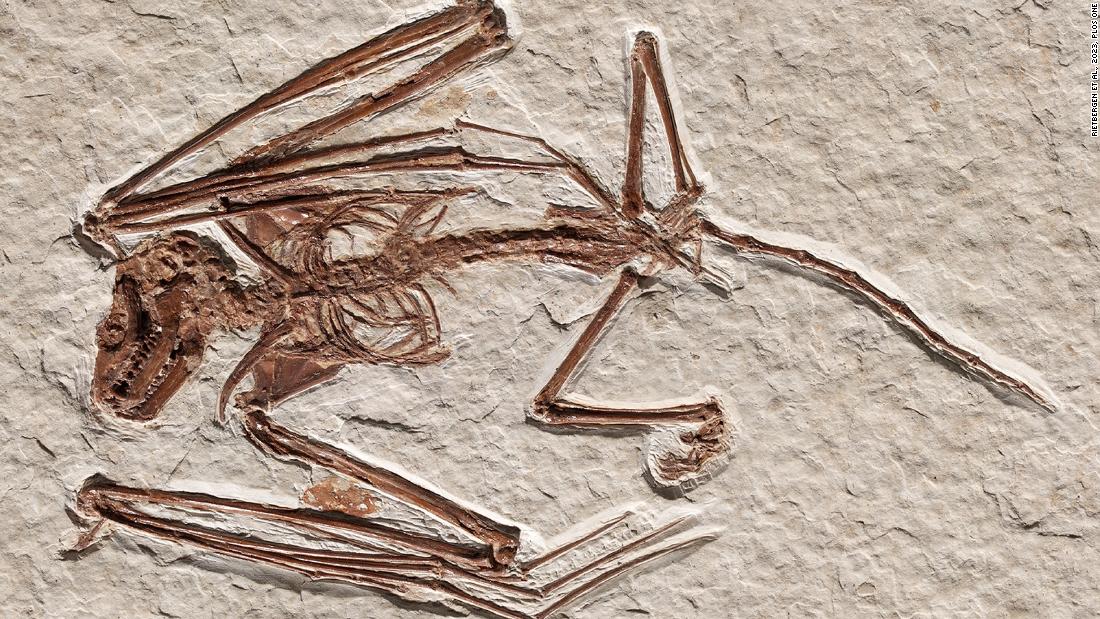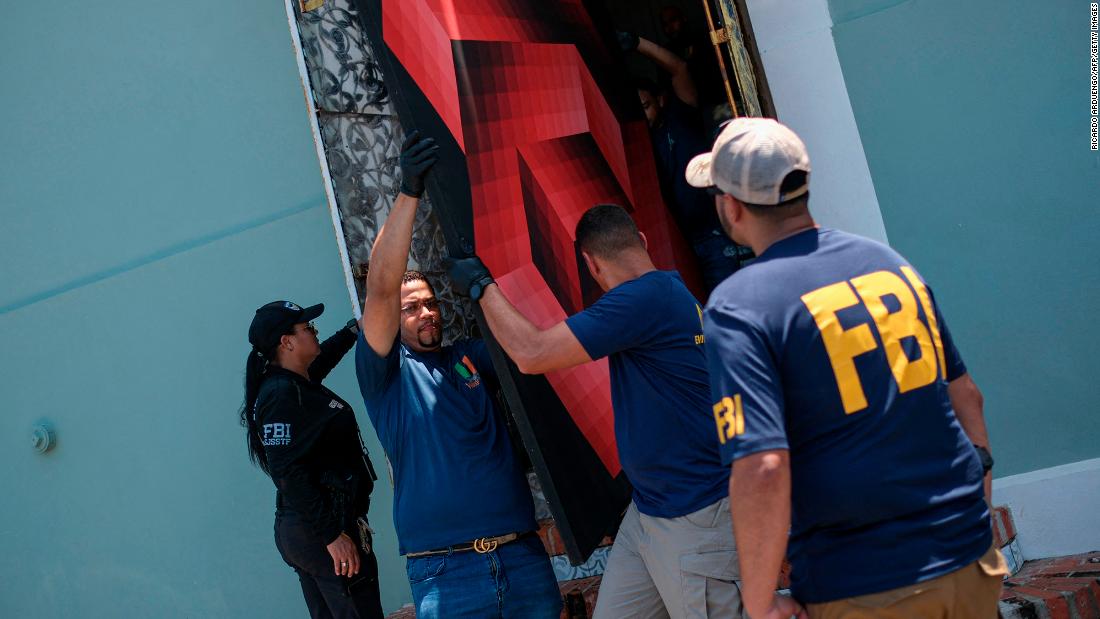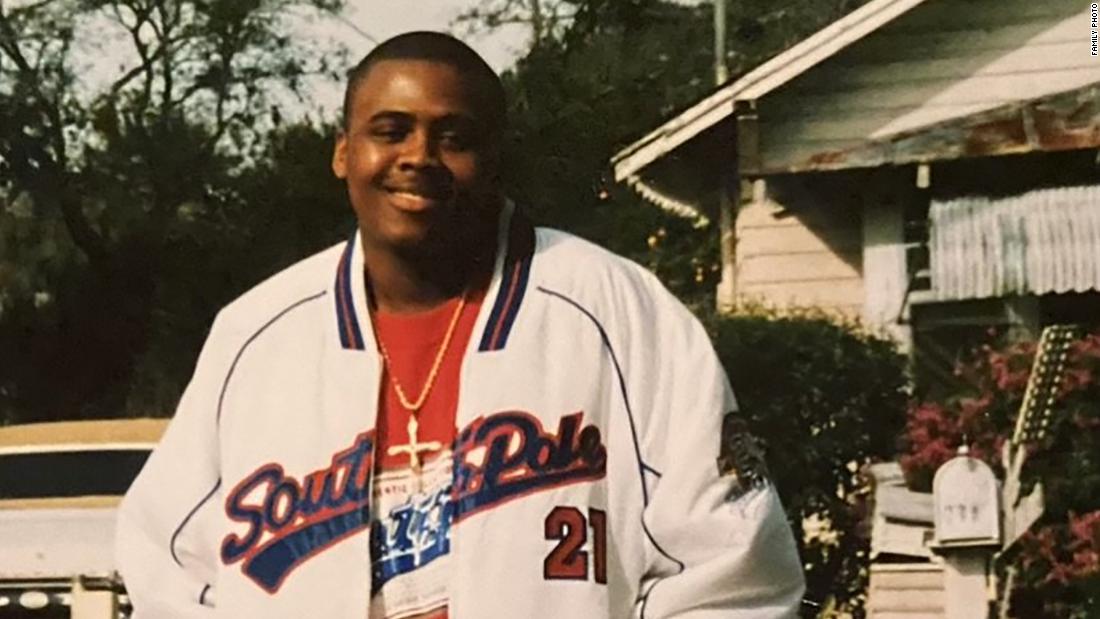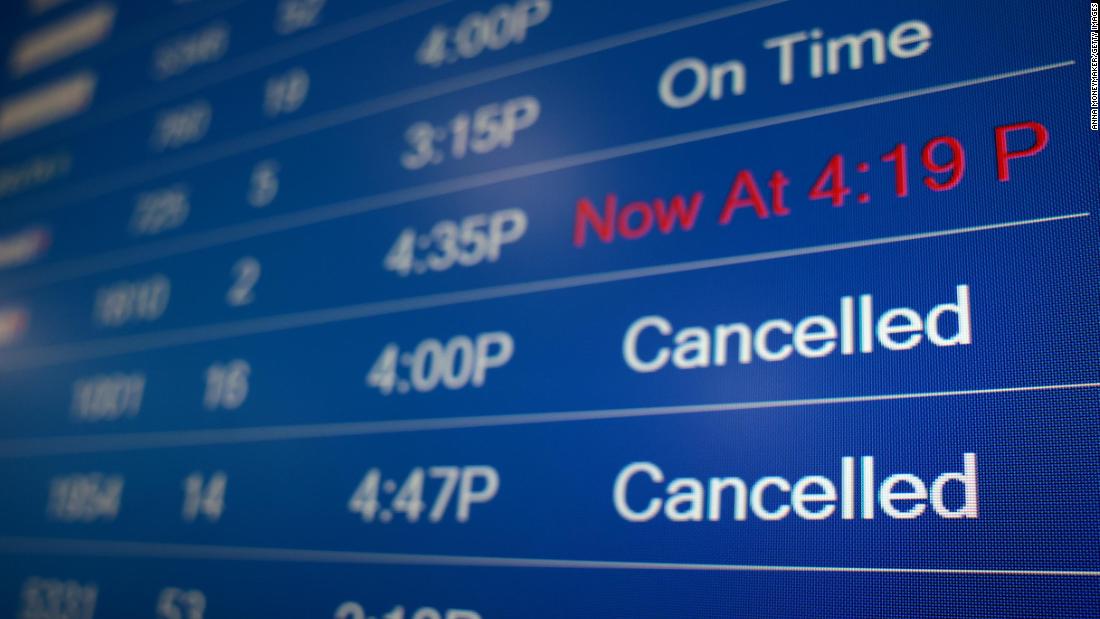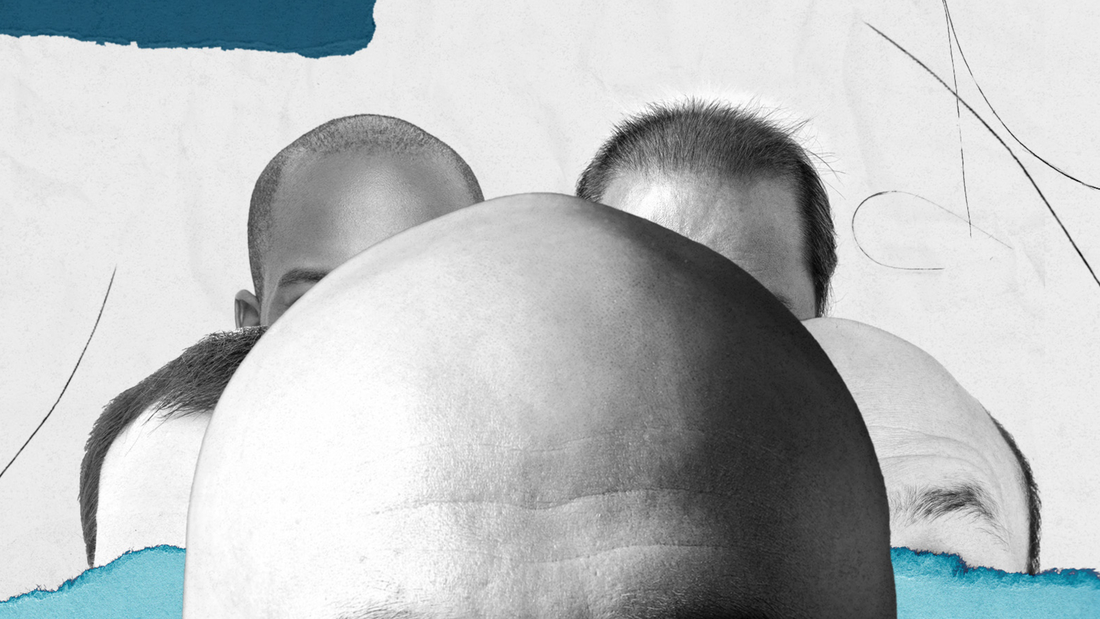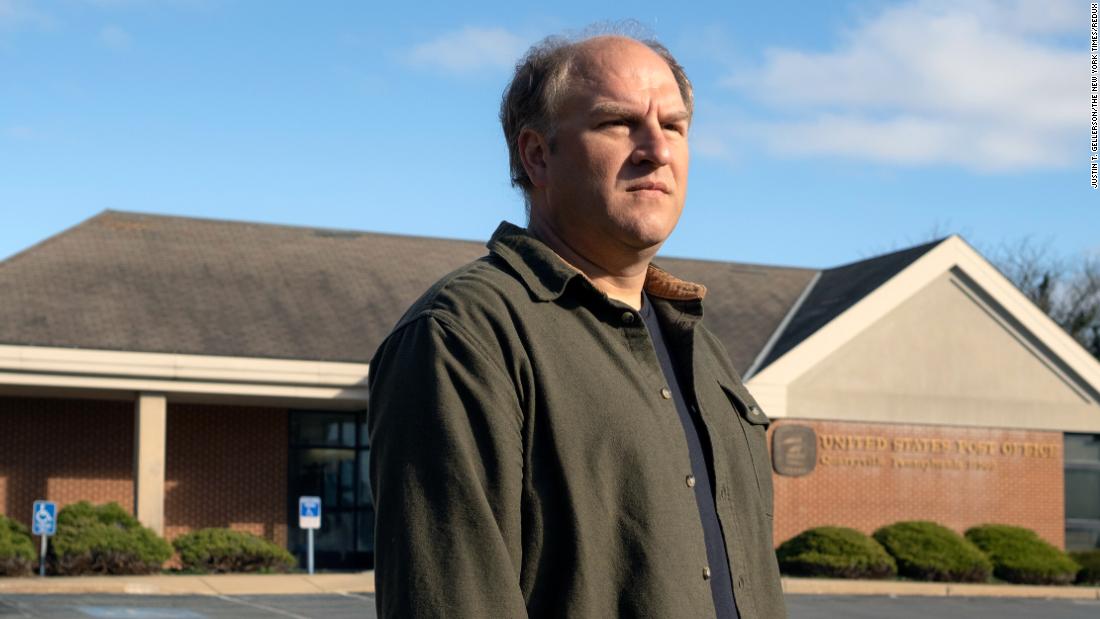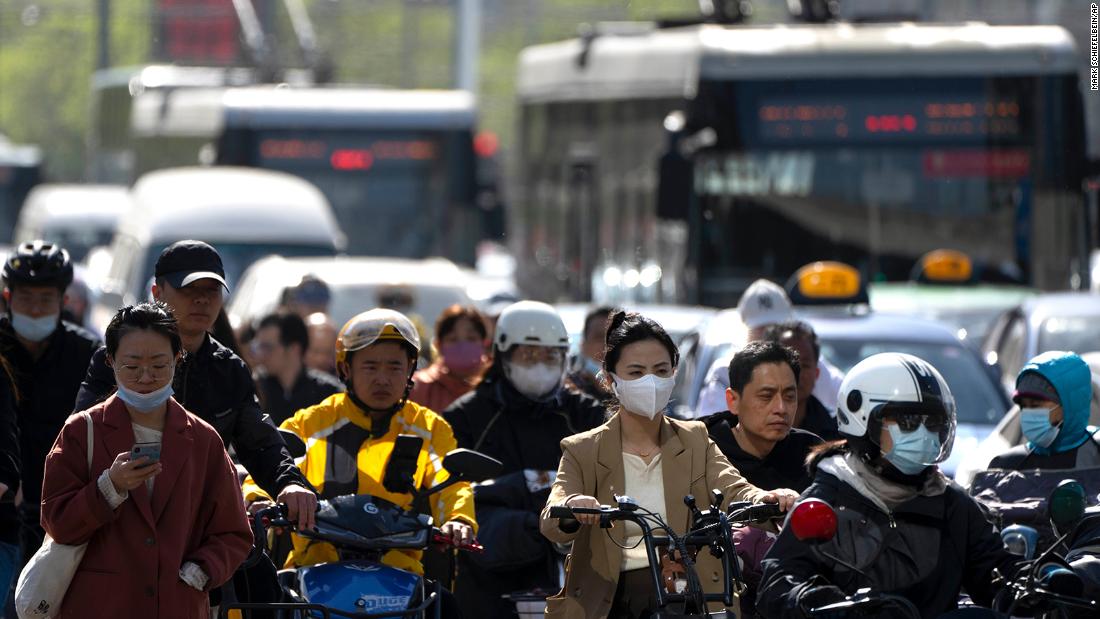SURROUNDED by turquoise waters and golden sands, the remote North Sentinel Island is incredibly enticing.
But this five-mile-long haven in the Indian Ocean is the one place in the world no tourist should tread.
North Sentinel Island is off-bounds to visitors, with tribes people ready to kill on sight
Outsiders who have landed on the former British colony have been killed by arrows or spearsAlamy
YouTube host Mykhailo Viktorovych Polyakov travelled to the islands and left a can of diet coke as a giftYouTube @Neo-Orientalist
Outsiders who have landed on the former British colony have been killed by arrows or spears from the mysterious tribe that inhabit this distant land.
Their families don’t get to bury their bodies because it is too dangerous to collect them.
And even if a trespasser does survive, they face a five-year prison sentence for breaking the law by visiting this protected island.
None of that, though, deterred YouTube host Mykhailo Viktorovych Polyakov from travelling for nine hours in an inflatable boat to try to meet the deadly Sentinelese tribe.
According to the authorities, the 24-year-old American adrenaline junkie evaded patrols by the Indian Navy, landed on the shore last Saturday and blew a whistle to try to attract the indigenous people.
When no one came, he took a sample of sand, before leaving a can of Diet Coke and a coconut as gifts.
It was only on his return to Kurma Dera beach on South Andaman Island that his mission was uncovered and he was arrested.
Polyakov’s adventure has caused outrage because isolated tribes can be killed by infectious diseases brought by foreigners.
Caroline Pearce, director of Survival International, a charity that campaigns on behalf of indigenous people said: “It beggars belief that someone could be that reckless and idiotic.
“This person’s actions not only endangered his own life but they also put the lives of the entire Sentinelese tribe at risk.
Target for influencers
“It’s very well known by now that uncontacted peoples have no immunity to common outside diseases like flu or measles, which could completely wipe them out.”
With very little of our planet untouched by tourism, wannabe social media stars are increasingly seeking out-of-reach destinations.
And with the Sentinelese considered by the charity to be “the most isolated indigenous people in the world”, they are a target for influencers.
In 2022 British “dark tourist” Miles Routledge, “who goes to the most extreme places on Earth for fun”, posted a message on Twitter discussing the idea of organising an expedition to North Sentinel.
Polyakov, from North Goldwater, Arizona, is of a similar ilk.
North Sentinel Island is a remote five-mile long island in the Indian Ocean
The American had already spent three weeks in Taliban- controlled Afghanistan, posting videos of himself shooting an AKM rifle, playing on abandoned tanks and trying on animal skins in the war-torn country which has the death penalty for various offences including blasphemy.
Last week’s forbidden trip would have required more planning.
Polyakov is said to have visited the Andaman Islands, of which North Sentinel Island is a part, three times since October.
On the first occasion, hotel staff stopped him going out on a kayak.
Then in January he filmed the Jarawa tribe on Baratang Island, reportedly without permission.
It beggars belief someone could be that reckless. This person not only endangered his own life, but put the lives of the entire Sentinelese tribe at risk
For his latest adventure, the tide and sea conditions were carefully studied before he set off, then GPS was used to navigate his motorised dinghy’s 25-mile route to North Sentinel.
Footage from his Go-Pro camera shows him reaching the beach and calling out.
Andaman police officer Kumar Abhishek said: “He went with a can of Coke and coconut and left these things.
“At most he spent ten to 15 minutes there. He stepped on the sand and returned after waiting.
“He said he wanted to experience adventure and thrill.
“He has shot some videos but the videos are being examined. These are pictures and videos of the island, not the people.”
Fishermen became suspicious about Polyakov and he was arrested after returning to Kurma Dera beach.
Tribal welfare officer Pronob Sircar, who raised the alarm, spoke to Polyakov.
Sircar told The Sun: “He explained that he is crazy and likes adventures. I think he was inspired by John Chau.”
Fellow American Chau was a 26-year-old evangelical Christian, who sailed to North Sentinel Island in 2018 on a mission to bring the word of God to this “heathen” civilisation.
Chau, from Vancouver, Washington, tried to sing religious songs to them.
Warning shots from the skilled Sentinelese hunters failed to deter him — even when one struck his waterproof Bible — then other arrows hit home, killing him
Details of his fate are only known because of the journal he wrote and the recollections of the fishermen who he paid to take him there.
Christian missionary John Allen Chau was killed by Sentinelese tribespeople when he visited the islandsRex
They saw Chau’s body being dragged to the beach and buried in the sand.
In letters to his parents, Chau said: “You guys might think I’m crazy in all this but I think it’s worth it to declare Jesus to these people.
“Please do not be angry at them or at God if I get killed.”
The authorities considered it too dangerous to recover his remains.
A 2023 documentary, The Mission, which explored his death, made it clear that Chau knew the risks.
What happened to the last person to visit the island?
John Allen Chau was the last person to visit North Sentinel Island in 2018.
Chau was killed by the Sentinelese tribe on his visit.
Chau was an American missionary who felt it was his “calling” to preach to the tribe.
Chau was illegally ferried to the island by fishermen.
While a murder case was registered, the killers couldn’t be prosecuted as contact with the island is forbidden.
Efforts to recover his body were abandoned over fears of further antagonising the tribe.
A journal belonging him was found by police after his death where he wrote about his desire to spread God’s word.
Brutal attacks
The three-mile exclusion zone around North Sentinel was introduced in 1956 by India — which now oversees the islands — to protect the precious Sentinelese way of life.
It is estimated between 50 and 150 people live on North Sentinel Island and their immune systems are unlikely to be able to resist common illnesses such as the flu or a cold.
Locals who strayed too close serve as a warning to others.
In 2006, fishermen Sunder Raj, 48, and Pandit Tiwari, 52, fell asleep after fishing illegally for mud crabs off the island.
They drifted to the shallows where they were attacked and killed by the near-naked tribe.
When a helicopter was dispatched to try to recover their bodies, it also came under a hail of arrows.
The downdraft from the blades exposed the bodies of the men, which had been buried in the sand.
There were rumours that they had been eaten alive because many people falsely believe the Sentinelese are cannibals.
British naval officer Maurice Vidal Portman visited the islands in 1880 in an effort to establish contact with the Sentinelese
While the brutal attacks on visitors sound barbaric the isolated community have good reason to ward off intruders.
In 1880, British naval officer Maurice Vidal Portman, who was superintendent of the Andaman Island Penal Colony at the end of the 19th Century, brought six Sentinelese back to the capital Port Blair.
The two adults died quickly, so the four children who were with them were sent home.
During the 1960s the Indian government, which took control of Andaman after gaining independence from Britain in 1947, attempted to make contact with the tribes.
They left gifts such as plastic buckets or iron tools on the shore.
In return the Sentinelese warriors fired arrows and spears, with a cameraman hit in the leg.
Even Belgium’s former king Leopold III was shot at when he reportedly attempted to get there in 1974, although he escaped injury.
Indian anthropologist TN Pandit is the only person believed to have made contact with the tribe.
But it took him 25 years to build trust, having first gone there in 1966.
Pandit said in 2018: “If we tried to venture into their territory without respecting their wishes or got too close for comfort, they would turn their backs on us and sit down on their haunches, as if to defecate. That was meant to be an insult.
“If we didn’t pay heed and stop, they would shoot arrows as a last resort.”
Even when Pandit brought over two men from the Onge tribe — Andamanese people who had once shared the island — they were also warned off. No one is welcome.
YouTuber Mykhailo’s trip suggests that no matter how many times the Sentinelese make their feelings clear, the message does not get through.
Globe’s remote people
THE YAIFO: Living in the jungles of Papua New Guinea, they are believed to practise headhunting – keeping enemies’ heads as trophies. But explorer Benedict Allen made contact in the 1980s, later saying they met him with “a terrifying show of strength – an energetic dance featuring bows and arrows”.
THE MOXIHATETEMA: Numbering around 100, they live a nomadic lifestyle in Brazil’s Amazon jungle – often setting up circular settlements in concealed areas. Aerial pictures show them hurling spears at passing aircraft.
THE MASHCO PIRO: At around 750 people, this is believed to be the largest uncontacted tribe in the world, and they are known to fire arrows at intruders. They live in south east Peru, building palm-leaf huts on riverbanks in the dry season for fishing, then heading into the rainforest in the wet months.
THE POLAHI: This group live in the forests of Gorontalo, a province on the Indonesian island of Sulawesi. They are deeply spiritual and superstitious. After a family member dies, the tribe buries them then moves to a new settlement – believing that land to then be uninhabitable.
THE AYOREO: Originally a collection of nomadic tribes, these hunter-gatherers now live in settled communities in the Gran Chaco region across Bolivia and Paraguay. Though the majority of their 5,600 population are in contact with the outside world, there are believed to be around 100 living in isolation. They hunt in the forest, grow squashes, beans and melons, and harvest honey.
The YouTuber left a can of diet cokeAlamy Published: [#item_custom_pubDate]













